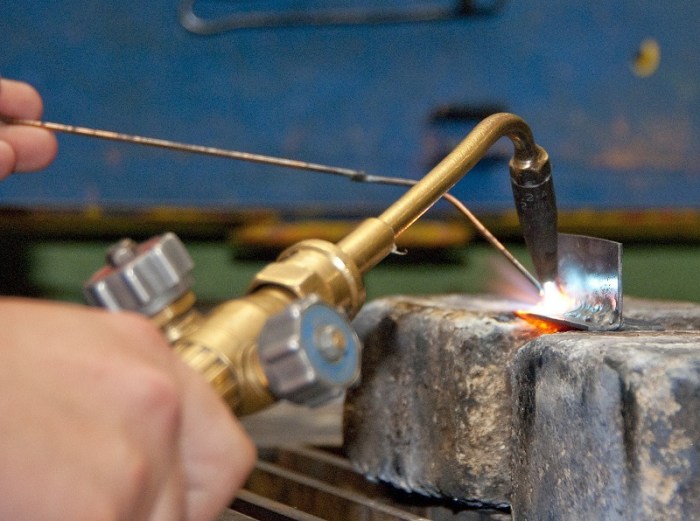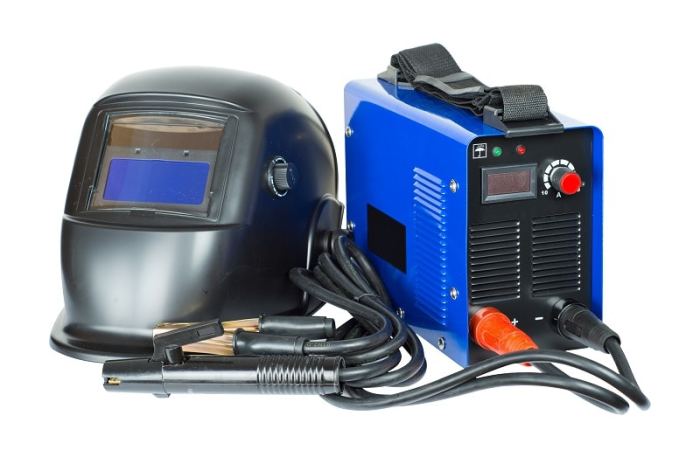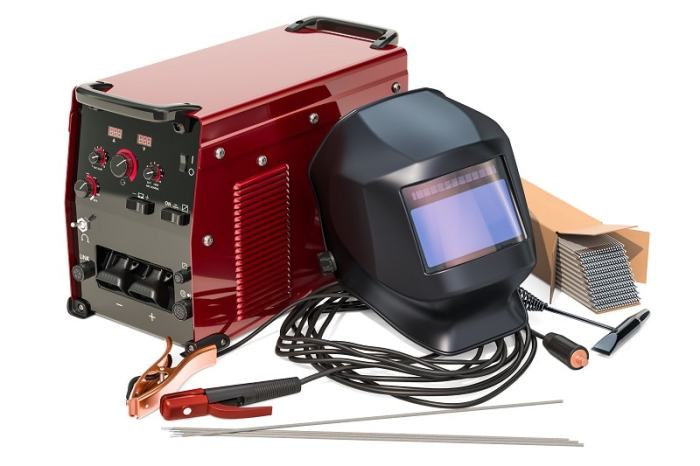What are taps on a welding transformer – Taps on a welding transformer, an integral component of the welding process, offer versatility and precision in controlling the output voltage and current. This guide delves into the purpose, types, applications, and selection criteria of taps, providing a comprehensive understanding for welding professionals.
Welding transformers utilize taps to adjust the output voltage, enabling welders to optimize welding parameters for specific materials and joint configurations. By altering the tap settings, welders can fine-tune the arc characteristics, penetration depth, and weld quality.
Taps on a Welding Transformer

Taps on a welding transformer are electrical connections that allow the output voltage of the transformer to be adjusted. This adjustment is necessary to accommodate different welding processes and materials. Taps are typically located on the secondary winding of the transformer and are connected to the welding circuit through a switch or selector knob.
Types of Taps
- Primary Taps:Primary taps are located on the primary winding of the transformer and are used to adjust the input voltage to the transformer. This adjustment can be necessary to accommodate different power sources or to compensate for voltage fluctuations.
- Secondary Taps:Secondary taps are located on the secondary winding of the transformer and are used to adjust the output voltage to the welding circuit. This adjustment is necessary to accommodate different welding processes and materials.
Applications of Taps
Taps are used in a variety of welding applications, including:
- Stick welding:Taps are used to adjust the output voltage of the transformer to match the requirements of the stick welding electrode.
- MIG welding:Taps are used to adjust the output voltage of the transformer to match the requirements of the MIG welding wire.
- TIG welding:Taps are used to adjust the output voltage of the transformer to match the requirements of the TIG welding torch.
Transformer Construction

A welding transformer is a type of electrical transformer that is specifically designed for welding applications. Welding transformers are typically constructed with a laminated iron core and copper windings. The iron core is used to create a magnetic field that couples the primary and secondary windings.
The copper windings are used to conduct the electrical current that flows through the transformer.
Components of a Welding Transformer
The following are the main components of a welding transformer:
- Primary winding:The primary winding is the winding that is connected to the power source. The primary winding is typically made of copper wire and is wound around the iron core.
- Secondary winding:The secondary winding is the winding that is connected to the welding circuit. The secondary winding is typically made of copper wire and is wound around the iron core.
- Iron core:The iron core is the part of the transformer that creates the magnetic field. The iron core is typically made of laminated iron sheets.
Effect of Transformer Core and Windings on Tap Performance
The construction of the transformer core and windings has a significant impact on the performance of the taps. The following are some of the factors that affect tap performance:
- Core size:The size of the iron core affects the magnetic field strength. A larger core will create a stronger magnetic field, which will result in higher tap voltages.
- Number of turns:The number of turns in the primary and secondary windings affects the voltage ratio of the transformer. A transformer with more turns in the primary winding will have a higher voltage ratio than a transformer with fewer turns in the primary winding.
- Wire size:The size of the wire used in the primary and secondary windings affects the current capacity of the transformer. A transformer with larger wire will have a higher current capacity than a transformer with smaller wire.
Tap Selection: What Are Taps On A Welding Transformer
The selection of the appropriate taps for a welding application is critical to the success of the weld. The following factors should be considered when selecting taps:
- Welding process:The welding process that is being used will determine the required output voltage of the transformer. For example, stick welding requires a higher output voltage than MIG welding.
- Material thickness:The thickness of the material that is being welded will also affect the required output voltage of the transformer. Thicker materials require a higher output voltage than thinner materials.
- Joint type:The type of joint that is being welded will also affect the required output voltage of the transformer. For example, a butt joint requires a higher output voltage than a lap joint.
Tap Comparison Table
| Tap Type | Description | Applications |
|---|---|---|
| Primary Taps | Adjust the input voltage to the transformer | Accommodate different power sources or compensate for voltage fluctuations |
| Secondary Taps | Adjust the output voltage to the welding circuit | Accommodate different welding processes and materials |
Calculating Tap Setting, What are taps on a welding transformer
The appropriate tap setting for a given welding job can be calculated using the following formula:
Tap Setting = (Welding Voltage / Transformer Output Voltage)- 100
For example, if the required welding voltage is 24 volts and the transformer output voltage is 18 volts, then the appropriate tap setting would be:
Tap Setting = (24 volts / 18 volts)- 100 = 133%
Troubleshooting Tap Issues

Taps are a critical component of a welding transformer and can cause a variety of problems if they are not functioning properly. The following are some of the most common tap issues and their causes:
- Open taps:Open taps can occur when the electrical connection between the tap and the winding is broken. Open taps can cause the transformer to overheat or to produce an insufficient output voltage.
- Shorted taps:Shorted taps can occur when the electrical connection between two adjacent taps is made. Shorted taps can cause the transformer to overheat or to produce an excessive output voltage.
- Loose taps:Loose taps can occur when the connection between the tap and the winding is not tight enough. Loose taps can cause the transformer to overheat or to produce an intermittent output voltage.
Troubleshooting Steps
The following steps can be taken to troubleshoot tap issues:
- Inspect the taps:The first step is to inspect the taps for any visible damage. Look for any broken wires, loose connections, or signs of overheating.
- Test the taps:The next step is to test the taps using a voltmeter. A voltmeter can be used to check the voltage at each tap to ensure that the taps are functioning properly.
- Replace the taps:If the taps are damaged or malfunctioning, they will need to be replaced. Taps can be replaced by a qualified electrician.
Importance of Regular Maintenance
Regular maintenance of taps is important to prevent problems from occurring. The following maintenance tasks should be performed on a regular basis:
- Inspect the taps:The taps should be inspected for any visible damage. Look for any broken wires, loose connections, or signs of overheating.
- Tighten the taps:The taps should be tightened to ensure that the connection between the tap and the winding is secure.
- Lubricate the taps:The taps should be lubricated to prevent them from sticking.
Key Questions Answered
What is the primary purpose of taps on a welding transformer?
Taps allow for precise adjustment of the output voltage and current, enabling welders to tailor welding parameters to suit different materials and joint configurations.
How do taps affect the welding process?
By altering tap settings, welders can control the arc characteristics, penetration depth, and overall weld quality, ensuring optimal performance.
What are the different types of taps available?
Taps can be classified into primary taps, secondary taps, and autotransformer taps, each serving specific purposes in welding applications.